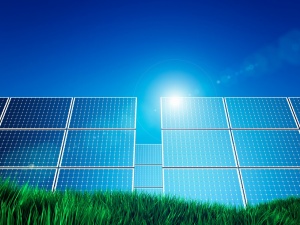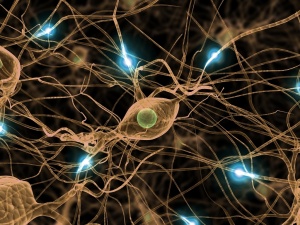Reviewing and Understanding the Stability Mechanism of Halide Perovskite Solar Cells
Abstract
Finding sustainable and renewable energy to replace traditional fossil fuel is critical for reducing greenhouse gas emission and avoiding environment pollution. Solar cells that convert energy of sunlight into electricity offer a viable route for solving this issue. At present, halide perovskites are the most potential candidate materials for solar cell with considerable power conversion efficiency, whereas their stability remains a challenge. In this work, we summarize four different key factors that influence the stability of halide perovskites: (a) effect of environmental moisture on the degradation of halide perovskites. The performance of halide perovskite solar cells is reduced due to hydrated crystal hinders the diffusion of photo‐generated carriers, which can be solved by materials encapsulation technique; (b) photo‐induced instability. Through uncovering the underlying physical mechanism, we note that materials engineering or novel device structure can extend the working life of halide perovskites under continuous light exposure; (c) thermal stability. Halide perovskites are rapidly degraded into PbI2 and volatile substances as heating due to lower formation energy, whereas hybrid perovskite is little changed; (d) electric field effect in the degradation of halide perovskites. The electric field impacts significantly on the carrier separation, changes direction of photo‐induced currents and generates switchable photovoltaic effect. For each key factor, we have shown in detail the underlying physical mechanisms and discussed the strategies to overcome this stability difficulty. We expect this review from both theoretical and experimental points of view can be beneficial for development of perovskite solar cell materials and promotes practical applications.
Full Open Access review article:
Source: Preview Image: MACIEJ NOSKOWSKI/iStockphoto






